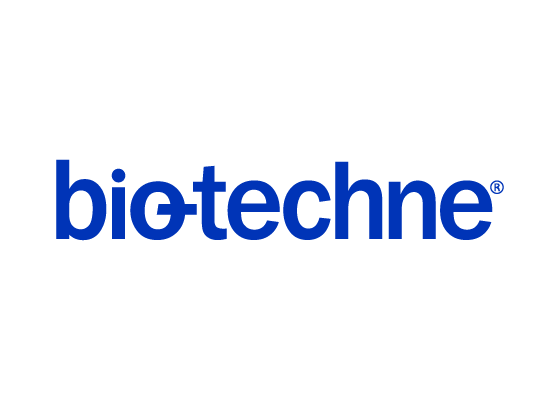Human Dectin‑1/CLEC7A Biotinylated Antibody
R&D Systems, part of Bio-Techne | Catalog # BAF1859


Key Product Details
Species Reactivity
Applications
Label
Antibody Source
Product Specifications
Immunogen
Thr66-Met201
Accession # NP_072092
Specificity
Clonality
Host
Isotype
Applications for Human Dectin‑1/CLEC7A Biotinylated Antibody
Western Blot
Sample: Recombinant Human Dectin-1/CLEC7A (Catalog # 1859-DC)
Formulation, Preparation, and Storage
Purification
Reconstitution
Formulation
Shipping
Stability & Storage
- 12 months from date of receipt, -20 to -70 °C as supplied.
- 1 month, 2 to 8 °C under sterile conditions after reconstitution.
- 6 months, -20 to -70 °C under sterile conditions after reconstitution.
Background: Dectin-1/CLEC7A
Dectin-1, also known as CLEC7A and the beta-glucan receptor, is a 33 kDa type II transmembrane C-type lectin that participates in the innate immune response to fungal pathogens. Although Dectin-1 structurally resembles other CLEC molecules, it binds its ligands in a calcium-independent manner (1, 2). Mature human Dectin-1 consists of a short N-terminal ITAM-containing cytoplasmic tail, a transmembrane segment, and a C-terminal stalk with a carbohydrate recognition domain (CRD) in the extracellular domain (3, 4). Alternate splicing generates one major splice form that lacks the stalk region (3-5). This isoform is expressed on the surface of monocytes, macrophages, myeloid DC, neutrophils, eosinophils, B cells, and CD4+ T cells (6). The CRD selectively binds beta-glucan polymers, a major component of yeast and mycobacterial cell walls (5-7). Yeast beta-glucan is accessible to Dectin-1 only during the process of cell budding. Dectin-1 does not recognize the filamentous form of yeast (8). Dectin-1 mediates the phagocytosis of zymosan particles and intact yeast (8-10). In the membrane, Dectin-1 colocalizes with TLR2 in the presence of zymosan, and the two receptors cooperate in ligand recognition and the propagation of proinflammatory signaling (9, 11-13). Dectin-1 also interacts with tetraspanin CD37. This increases its stability on the cell membrane and inhibits ligand-induced signaling (14). Dectin-1 knockout mice show increased susceptibility to pathogenic infection (15-16). The CRD of human Dectin-1 shares 77%, 60%, and 60% amino acid (aa) sequence identity with that of bovine, mouse and rat Dectin-1, respectively. It shares 29-39% aa sequence identity with the CRD of other subgroup members, including CLEC-1, CLEC-2, CLEC9A, CLEC12B, LOX-1, and MICL.
References
- Kanazawa, N. (2007) J. Dermatol. Sci. 45:77.
- Brown, G.D. (2006) Nat. Rev. Immunol. 6:33.
- Hernanz-Falcon, P. et al. (2001) Immunogenetics 53:288.
- Yokota, K. et al. (2001) Gene 272:51.
- Willment, J.A. et al. (2001) J. Biol. Chem. 276:43818.
- Willment, J.A. et al. (2005) Eur. J. Immunol. 35:1539.
- Palma, A.S. et al. (2006) J. Biol. Chem. 281:5771.
- Gantner, B.N. et al. (2005) EMBO J. 24:1277.
- Gantner, B.N. et al. (2003) J. Exp. Med. 197:1107.
- Kennedy, A.D. et al. (2007) Eur. J. Immunol. 37:467.
- Brown, G.D. et al. (2003) J. Exp. Med. 197:1119.
- Yadav, M. and J.S. Schorey (2006) Blood 108:3168.
- Suram, S. et al. (2006) J. Biol. Chem. 281:5506.
- Meyer-Wentrup, F. et al. (2007) J. Immunol. 178:154.
- Saijo, S. et al. (2007) Nat. Immunol. 8:39.
- Taylor, P.R. et al. (2007) Nat. Immunol. 8:31.
Alternate Names
Gene Symbol
UniProt
Additional Dectin-1/CLEC7A Products
Product Documents for Human Dectin‑1/CLEC7A Biotinylated Antibody
Product Specific Notices for Human Dectin‑1/CLEC7A Biotinylated Antibody
For research use only